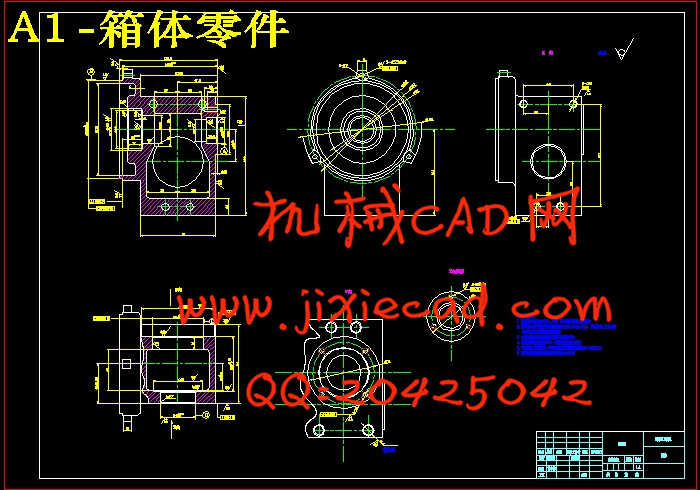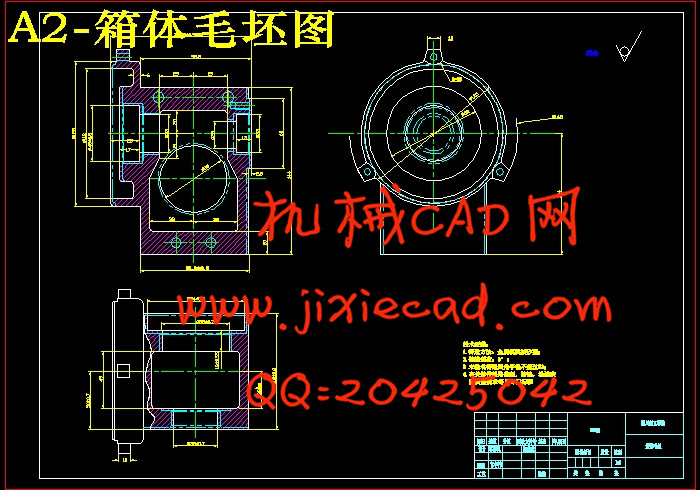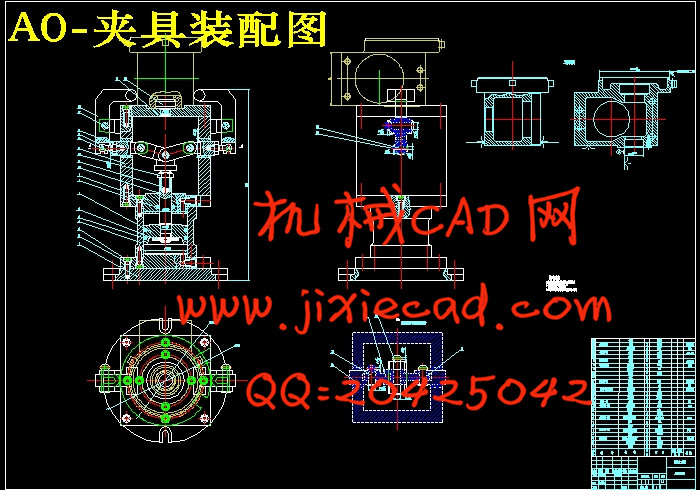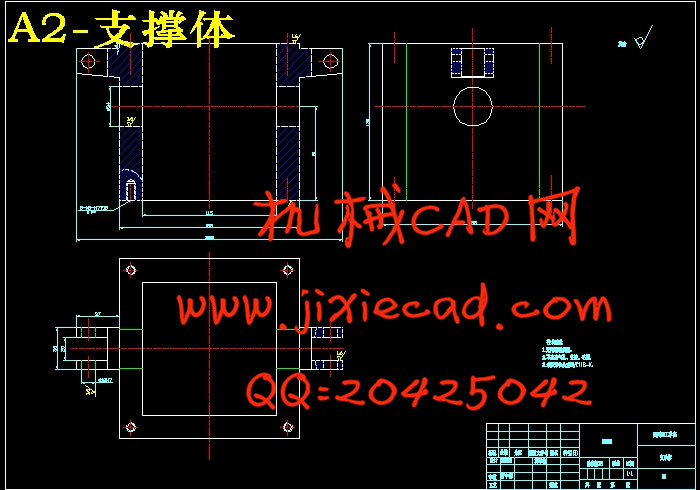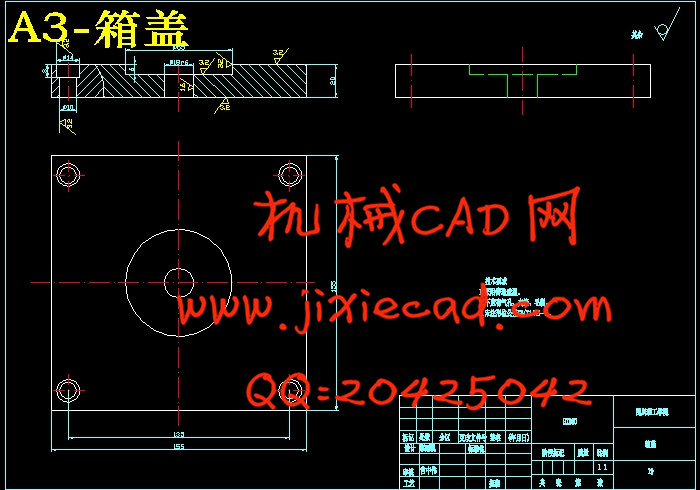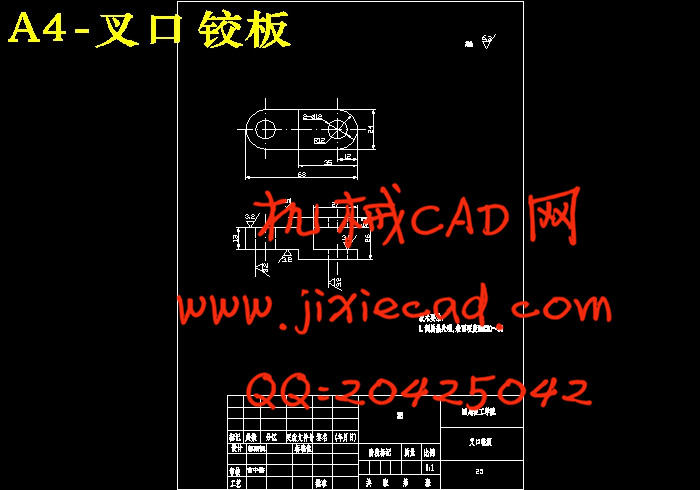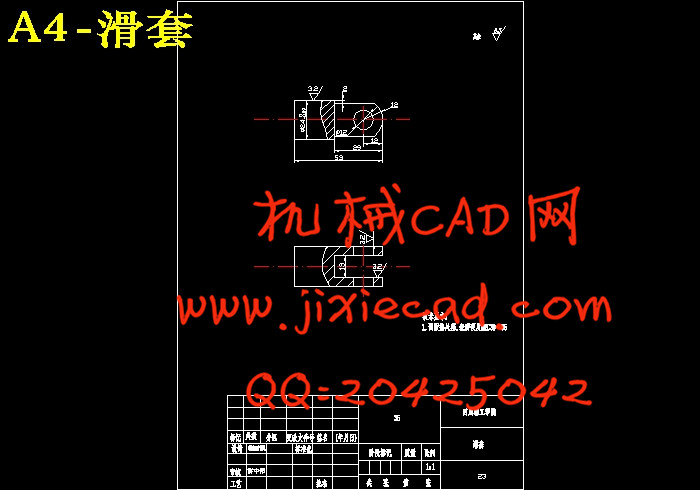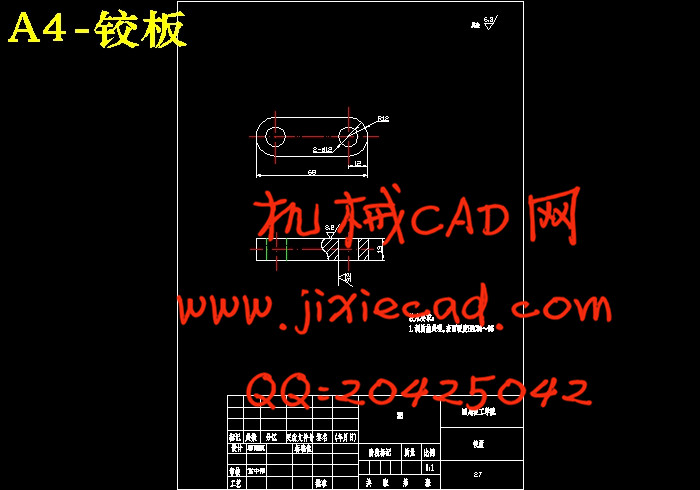设计简介
摘要
本次设计的是减速器箱体的加工工艺以及加工Φ120外圆的夹具设计。减速器箱体零件是减速器的基础件,它将减速器的零件按一定的相互位置关系装配成一个整体,并按预定传动关系协调其运动。因此,箱体的加工质量不仅影响其装配精度及运动精度,而且影响到机器的工作精度、使用性能和寿命。
夹具设计是针对Φ120外圆的专用夹具,考虑到零件的数量比较大,属于大规模生产,所以生产效率是非常重要的,所以此设计不采用以往手动方式的夹具,采用技术比较先进的气动作为夹紧力来源。零件并没有过高的技术要求,所以采用一个销定位,平面支承,配合夹具的左右同时夹紧便可以满足要求。
关键词:工艺设计、基准、切削用量、定位基准、定位误差。
ABSTRACT
The design of the box is reducer processing and processing Φ 120 of the cylindrical fixture design. Reducer box parts of the foundation pieces of reducer, It reducer by certain parts of the positional relationship between a general assembly, together with a planned drive to coordinate its relations campaign. Therefore, the processing box is not only affect their quality of assembly accuracy and precision of movement, but also affects the accuracy of the machine, performance and life.
Fixture Design against Φ 120 outside of the special fixture, taking into account the number of parts is comparatively big, large-scale production, Therefore, productivity is very important, so do not use this design manually to the previous fixture. using technology more advanced aerodynamic as a source of clamping force. Parts and not too high technical requirements and the use of a marketing positioning, supporting plane, with the fixture clamping around the same time they meet requirements.
Key words : technological design,standard, cutting consumption, positioning benchmark positioning error.
目 录
本次设计的是减速器箱体的加工工艺以及加工Φ120外圆的夹具设计。减速器箱体零件是减速器的基础件,它将减速器的零件按一定的相互位置关系装配成一个整体,并按预定传动关系协调其运动。因此,箱体的加工质量不仅影响其装配精度及运动精度,而且影响到机器的工作精度、使用性能和寿命。
夹具设计是针对Φ120外圆的专用夹具,考虑到零件的数量比较大,属于大规模生产,所以生产效率是非常重要的,所以此设计不采用以往手动方式的夹具,采用技术比较先进的气动作为夹紧力来源。零件并没有过高的技术要求,所以采用一个销定位,平面支承,配合夹具的左右同时夹紧便可以满足要求。
关键词:工艺设计、基准、切削用量、定位基准、定位误差。
ABSTRACT
The design of the box is reducer processing and processing Φ 120 of the cylindrical fixture design. Reducer box parts of the foundation pieces of reducer, It reducer by certain parts of the positional relationship between a general assembly, together with a planned drive to coordinate its relations campaign. Therefore, the processing box is not only affect their quality of assembly accuracy and precision of movement, but also affects the accuracy of the machine, performance and life.
Fixture Design against Φ 120 outside of the special fixture, taking into account the number of parts is comparatively big, large-scale production, Therefore, productivity is very important, so do not use this design manually to the previous fixture. using technology more advanced aerodynamic as a source of clamping force. Parts and not too high technical requirements and the use of a marketing positioning, supporting plane, with the fixture clamping around the same time they meet requirements.
Key words : technological design,standard, cutting consumption, positioning benchmark positioning error.
目 录
中文摘要 ..........................................................................................................................Ⅰ
英文摘要 ..........................................................................................................................Ⅱ
前言 .................................................................................... ............ ..................................................1
第1章 零件的分析 ........................................................................ .............................................1
1.1 零件的功用.................................................................... .............................................1
1.1.1零件的结构特点 ...................................................................................................1
1.2 零件的工艺分析................................................................................ .........................1
1.2.1 零件的材料和毛坯............................................................ ...................................2
第2章 工艺规程设计....................................................................................................................3
2.1工艺路线的安排 ..........................................................................................................3
2.1.1 工件的时效处理 ..................................................................................................3
2.1.2 安排加工工艺顺序..............................................................................................3
2.2 定位基准的选择 ..........................................................................................................3
2.2.1 粗基准的选择 ....................................................................................................3
2.2.2 精基准的选择 ....................................................................................................3
2.3 主要表面的加工 ..........................................................................................................4
2.2.1箱体的平面加工 ...................................................................................................4
2.2.2孔系的加工.............................................................................................................4
2.2.3外圆面的加工 .......................................................................................................4
2.4 制定工艺路线 ..............................................................................................................4
2.4.1工艺路线方案一 ....................................................................................................4
2.4.2工艺路线方案二 ........................................................ ...........................................5
2.4.3工艺路线方案的比较与分析................................................................ .................6
2.5 机械加工余量、工序尺寸与毛坯尺寸的确定....................... ......................................6
2.5.1 外圆表面 .............................................................................................................6
2.5.2 铸件的轮廓余量..................................................................................................6
2.5.3 以 mm孔为中心的一组主要加工表面...........................................................6
mm孔为中心的一组主要加工表面...........................................................6
2.5.4 以 mm孔为中心的一组主要加工表面.........................................................7
mm孔为中心的一组主要加工表面.........................................................7
英文摘要 ..........................................................................................................................Ⅱ
前言 .................................................................................... ............ ..................................................1
第1章 零件的分析 ........................................................................ .............................................1
1.1 零件的功用.................................................................... .............................................1
1.1.1零件的结构特点 ...................................................................................................1
1.2 零件的工艺分析................................................................................ .........................1
1.2.1 零件的材料和毛坯............................................................ ...................................2
第2章 工艺规程设计....................................................................................................................3
2.1工艺路线的安排 ..........................................................................................................3
2.1.1 工件的时效处理 ..................................................................................................3
2.1.2 安排加工工艺顺序..............................................................................................3
2.2 定位基准的选择 ..........................................................................................................3
2.2.1 粗基准的选择 ....................................................................................................3
2.2.2 精基准的选择 ....................................................................................................3
2.3 主要表面的加工 ..........................................................................................................4
2.2.1箱体的平面加工 ...................................................................................................4
2.2.2孔系的加工.............................................................................................................4
2.2.3外圆面的加工 .......................................................................................................4
2.4 制定工艺路线 ..............................................................................................................4
2.4.1工艺路线方案一 ....................................................................................................4
2.4.2工艺路线方案二 ........................................................ ...........................................5
2.4.3工艺路线方案的比较与分析................................................................ .................6
2.5 机械加工余量、工序尺寸与毛坯尺寸的确定....................... ......................................6
2.5.1 外圆表面 .............................................................................................................6
2.5.2 铸件的轮廓余量..................................................................................................6
2.5.3 以
2.5.4 以
2.5.5 平面加工余量 ............................................................... ..................................8
2.5.6 小孔加工的工序尺寸及余量..............................................................................8
2.6 确定切削用量及基本工时............................................................................................9
2.6.1 工序1...................................................................................................................9
2.6.2 工序2..................................................................................................................10
2.6.3 工序3..................................................................................................................14
2.6.4 工序7..................................................................................................................17
2.6.5 工序8..................................................................................................................18
2.6.6 工序10................................................................................................................20
2.6.7 工序11................................................................................................................21
2.6.8 工序12................................................................................................................22
第3章 专用夹具设计...................................................................................................................24
3.1问题的指出...................................................................................................................24
3.2夹具设计.......................................................................................................................24
3.2.1 定位基准的选择................................................................................................24
3.2.2 切削力及夹紧力及汽缸的计算......................................................................25
3.2.3 定位误差的分析................................................................................................26
3.2.4 夹具设计及操作的简要说明............................................................................27
第4章 结论.....................................................................................................................................28
参考文献...................................................... .............. ........................................................................29
致谢...................................................... ................................................................................................30


